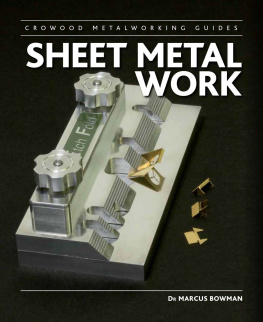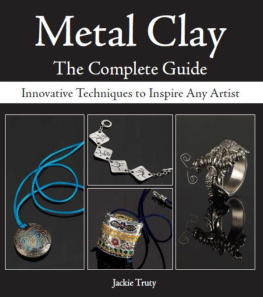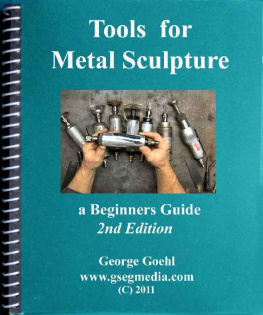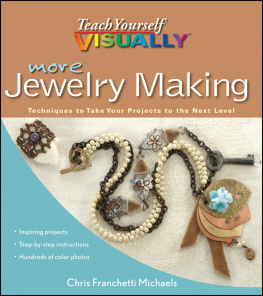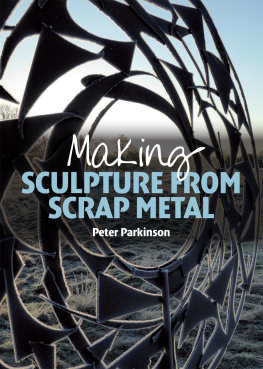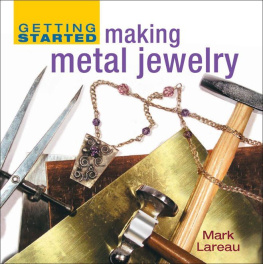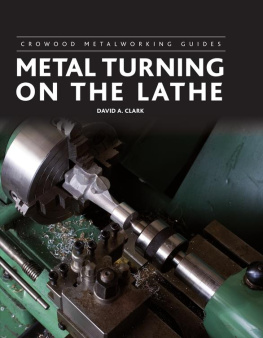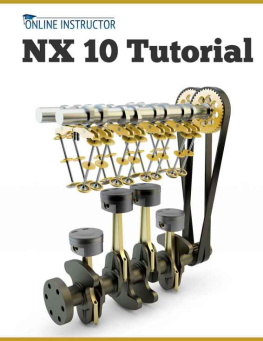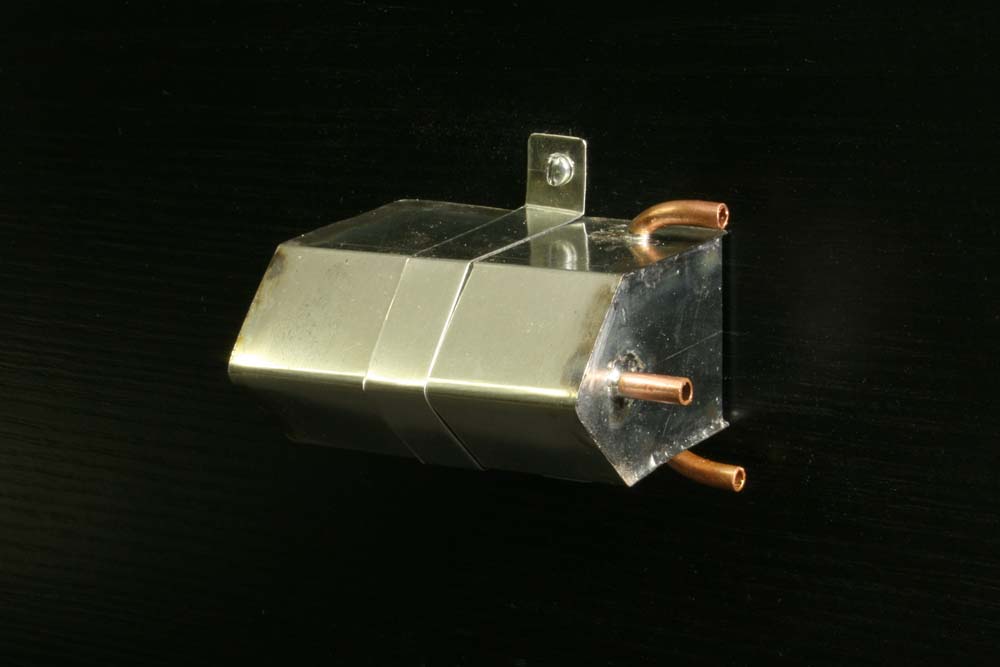
First published in 2014 by
The Crowood Press Ltd
Ramsbury, Marlborough
Wiltshire SN8 2HR
www.crowood.com
This e-book first published in 2014
The Crowood Press Ltd 2014
All rights reserved. No part of this publication may be reproduced or transmitted in any form or by any means, electronic or mechanical, including photocopy, recording, or any information storage and retrieval system, without permission in writing from the publishers.
British Library Cataloguing-in-Publication Data
A catalogue record for this book is available from the British Library.
ISBN 978 1 84797 779 3
Disclaimer
Safety is of the utmost importance in every aspect of the workshop. The practical procedures and the tools and equipment used in engineering workshops are potentially dangerous. Tools should be used in strict accordance with the manufacturers recommended procedures and current health and safety regulations. The author and publisher cannot accept responsibility for any accident or injury caused by following the advice given in this book.
Contents
Acknowledgements
The author would like to thank those individuals and companies who expended time and effort to contribute photographs, illustrations and information for this book:
Rachael Bowman (photographic assistant)
George Nutt, Dennis Nutt and Chris Visscher at RMS Engineering Ltd
Dennis Nutt (Kilkerran)
Fred Anderson
Dewar Anderson
Sheryn and Steve Clothier at www.corrugatedcreations.co.nz
Tinplate Girl at www.tinplategirl.com
Dave Parker at Buxton Model Works
William Hurt at www.ageofarmour.com
Leslie Chatfield
Brian Walbey
John Saunders at www.NYCCNC.com
Jonas Boni at www.quarz.ch
Gary Tucker
RMT-Gabro and the M J Allen Group of Companies
EDMA Outillage
TRUMPF Group
Warren Machine Tools Ltd
RIDGID Tool UK
Irwin Tools
JD Squared Inc.
Jack Sealey Ltd
But most of all, a very special thank you to Hazel and Rachael, my long-suffering personal support team, for making the writing task so much easier.
Safety First

Pause for a moment, before you rush into the workshop to mangle metal for your latest project. The risks in most workshops deserve some careful thought, but the risks attached to working with sheet metal are amongst the greatest posed by any material. There are two particular risks: one associated with sharp edges, and the other the risk to hearing.
THE RISKS ASSOCIATED WITH SHARP EDGES
During the French Revolution, the guillotine was an effective way of separating head from body, and its effectiveness was largely because sheet metal behaves like a very slightly blunt razor. Because the edge of a sheet is so thin, the pressure it exerts is very high. You might get a nasty bruise or even break a bone if you strike your hand with a hammer or a large flat piece of metal, but strike your hand with the edge of a sheet and the injuries are likely to be much more severe, as the pressure instantly parts flesh, rips tendons, and slices through bone.
The edges left after a cutting operation usually have a fine, almost invisible burr which acts like a sharp razor saw, and the consequences of casually brushing a finger along such an edge are gruesome indeed. Yes: the edges of sheet metal deserve the utmost respect. Whenever possible, avoid handling the edges of sheets, and at the very least, wear good, heavy-duty, protective gloves of leather or Kevlar, and do not allow your hand to slide along an edge.
When moving sheets, avoid the edges and use mechanical aids such as a magnetic clamp or a sling with a metal hook.
Protect your feet from falling sheets by wearing good-quality protective boots, with steel toecaps.
In the UK, the Health and Safety Executive provides good guidance in Engineering Sheet No. 16 in the article Preventing injuries from the manual handling of sharp edges in the engineering industry. Even if you are not an industrial user, you should avail yourself of this advice.
THE RISKS TO HEARING AND SIGHT
Striking sheet metal produces a distinctive noise that incorporates a great many very high notes and a ringing sound. Repeatedly striking metal, as when shaping a panel for example, produces an astonishingly high level of energy, and endangers hearing. The best protection is found in good-quality ear protectors with at least 30dB attenuation. Invest in the best protection you can, because hearing, once lost, cannot be restored.
Wear good eye protection made to proper industrial standards at all times, even if you wear spectacles. Proper wraparound ski-style industrial goggles with impact-resistant lens material and soft seals around the face allow the comfortable use of spectacles. Eye protection should be able to resist puncture and impact. It should be comfortable to wear, and when it gets scratched, you should replace it. Think of it as a cheap investment in the most sensitive biological devices imaginable. Eyes cannot be replaced, and good protection is cheaper than medical bills.
CREATING A SAFE ENVIRONMENT
Sheet metal tools and machinery deserve your respect and your full attention, as a slip in concentration can easily lead to injury. Folders and press brakes present a temptation to fingers, welders may burn, and plasma cutters simply vaporize their target, so risk assessment and maintaining a keen awareness of potential risks will serve you well.
Read the instructions supplied with machinery and tools, and seek advice where you lack experience. Most skilled workers will be delighted to guide you and make you aware of hazards.
Next page
